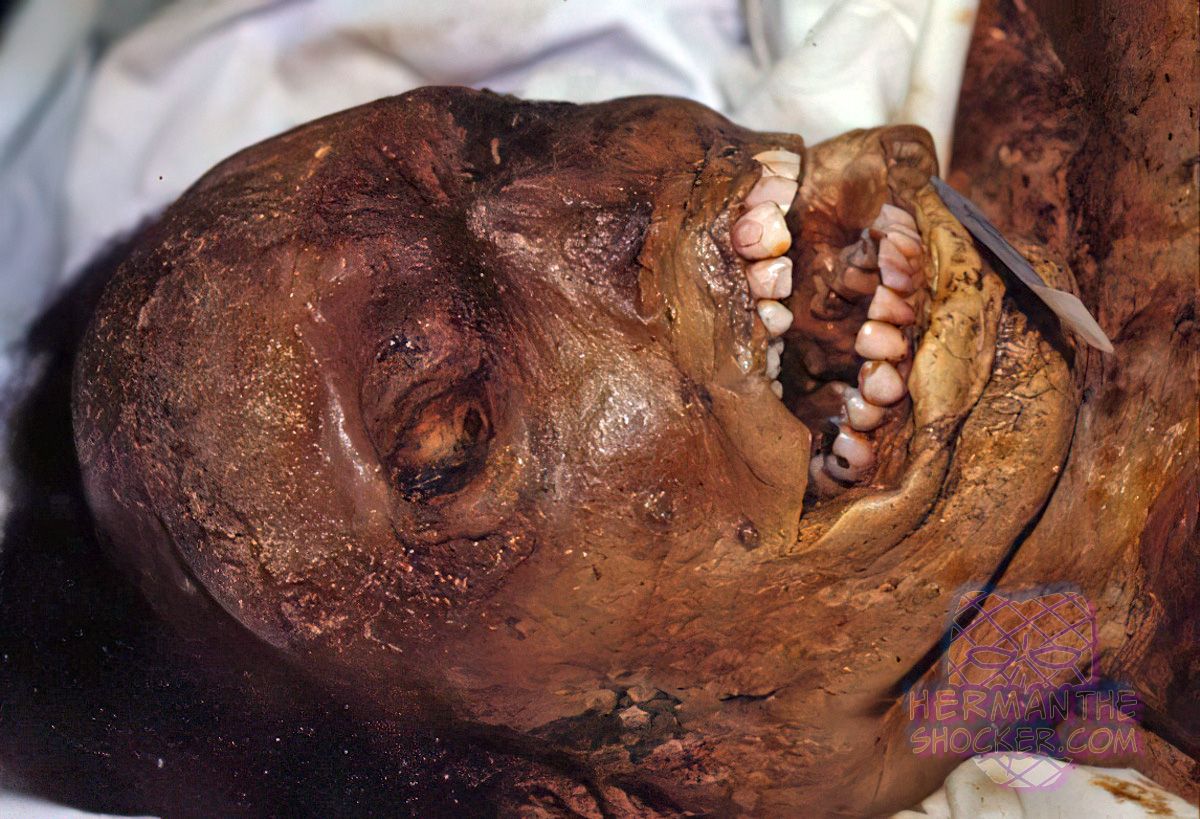This body was exhumed 5 years after death. Decompositional changes (putrefaction, mummification, and adipocere formation) are fueled by the body’s endogenous bacterial flora, taking place over time and with great variability, depending on the host and environ- mental factors. Mummification in dry environments tends to affect the face and distal extremities (hands and feet) more readily. Not uncommonly, the affected body parts take on a parchment-like and leathery quality, making fingerprinting difficult, if not impossible in some cases, but in the absence of putrefactive facial bloating, visual identification is sometimes still possible.
Latest posts

The morbidity and mortality produced by obesity in the United States and other developed societies has reached epidemic…







